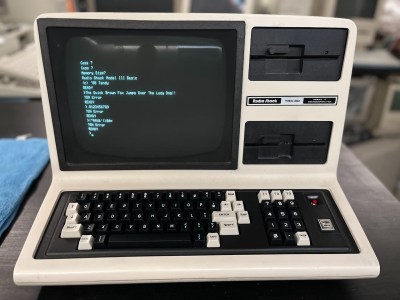Back in the 1980s, a viable modem cost hundreds of dollars. Even in the 1990s, you were looking at spending a a Benjamin or two to get computer squawking down the phone lines. According to [Cameron Kaiser], though, it’s possible to whip up a softmodem using a Commodore 64 for much cheaper than that. How much? Just 35 cents, we’re told!
The inspiration was simple—Rockwell apparently used to build modems using the 6502. The Commodore 64 has a 6502 inside, pretty much, so surely it could be a softmodem, right? Indeed, one [John Iannetta] had done this in a one-way form in the 1980s, using the Commodore 64’s SID audio chip to output data in sound form. In 1998, he espoused the 35-cent modem—basically, the price of buying an RCA jack to hook up a phone line to your Commodore 64.
As [Cameron] found out, the concept still works today, as does [John’s] code, but it’s more like 68 cents in 2025 dollars. With the right bits and pieces, and a little code, you can have your C64 modulating data into sound at rates of 300 baud.
It’s hacky, slow, and there’s no real way to receive—the C64 just doesn’t have the chops to demodulate these kinds of signals on its own. You also shouldn’t use it on a real phone line if you don’t want to damage your C64. Still, it’s a wonderful bit of hackery, and it’s fun to see how well it works. We’ve seen some other great Commodore 64 modem projects before, like the ever-useful RetroModem. Meanwhile, if you’ve got your own communication hacks for the computers of yesteryear, don’t hesitate to let us know!

















